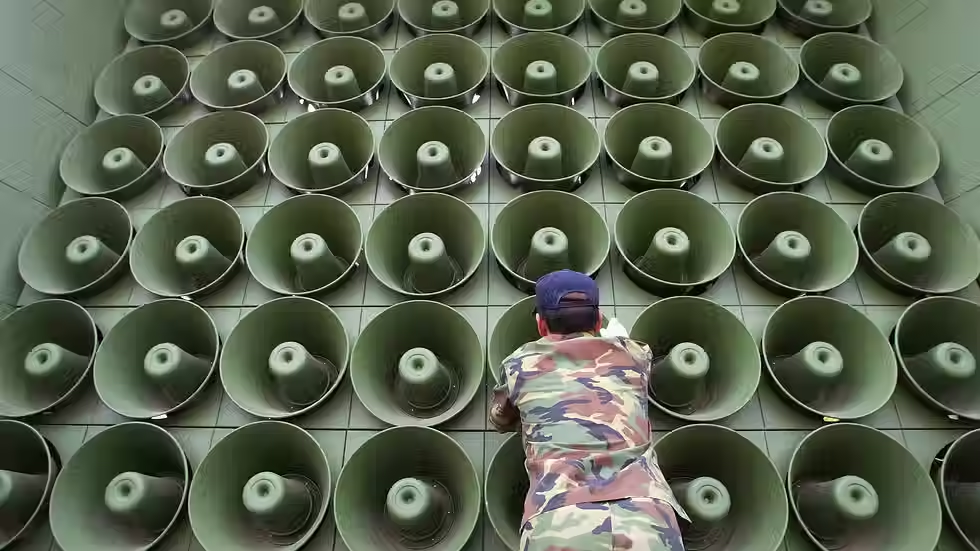Sonic Warfare: How Music Became a Weapon in the Vietnam War
- Victoria Pfeifer

- Dec 8, 2024
- 2 min read

War zones aren’t usually associated with rock ‘n’ roll, but during the Vietnam War, music wasn’t just a backdrop—it was a full-blown weapon.
From psychological operations (psyops) blaring eerie sounds deep in the jungle to the counterculture anthems that fueled protests thousands of miles away, the war of sound became almost as influential as the war of bullets.
The Jungle Jukebox: Psy-Ops in Action
The U.S. military embraced music as a psychological weapon, using loudspeakers to blast unsettling sounds and taunts to unnerve the Viet Cong.
Operation Wandering Soul, for example, was one such tactic where eerie, ghostly recordings of "wandering spirits" were played at night. These sounds, designed to exploit Vietnamese cultural beliefs about the afterlife, aimed to sap the morale of enemy troops who might believe the voices were lost souls warning them against the fight.
It wasn’t all ghostly wails, though—sometimes, they cranked up high-energy rock music to disrupt sleep or drown out enemy communication. Imagine the shock of jungle silence suddenly broken by Hendrix shredding his guitar, amplified enough to shake the leaves off trees.
GI Soundtracks and Morale Boosters

For American soldiers, music was an emotional lifeline. Portable radios and reel-to-reel tape players became essential kits, with troops tuning in to the Armed Forces Radio or sharing mixtapes from home.
Songs like “We Gotta Get Out of This Place” by The Animals or “Fortunate Son” by Creedence Clearwater Revival became unofficial anthems of the disillusioned, offering camaraderie amidst the chaos.
Ironically, some of the most-played tracks—like Barry McGuire’s “Eve of Destruction” or Simon & Garfunkel’s “The Sound of Silence”—were anti-war hits. Their poignant lyrics highlighted the soldiers' frustrations with the war’s politics, even as they marched to the frontlines.
The Protest Symphony: Music at Home
Back in the States, music became the rallying cry of the anti-war movement. From Joan Baez’s haunting folk ballads to the righteous anger of Bob Dylan’s lyrics, artists on the airwaves voiced what many Americans felt but couldn’t articulate.
Woodstock (1969) epitomized this countercultural power, with performances like Country Joe and the Fish’s “I-Feel-Like-I’m-Fixin’-to-Die Rag,” which openly mocked U.S. involvement in Vietnam.
These songs weren’t just entertainment; they were calls to action, galvanizing young people to protest, resist the draft, and demand change.
The Echoes of War

Even today, the music of the Vietnam War continues to resonate, a time capsule of a generation grappling with conflict, identity, and resistance. It was a time when a guitar riff could rattle as much as a gunshot, and a protest song could ripple across the world like an anthem of defiance.
Whether it rattled the enemy, soothed a soldier, or ignited a movement, the music of the Vietnam War proved that sometimes sound can be mightier than the sword.


